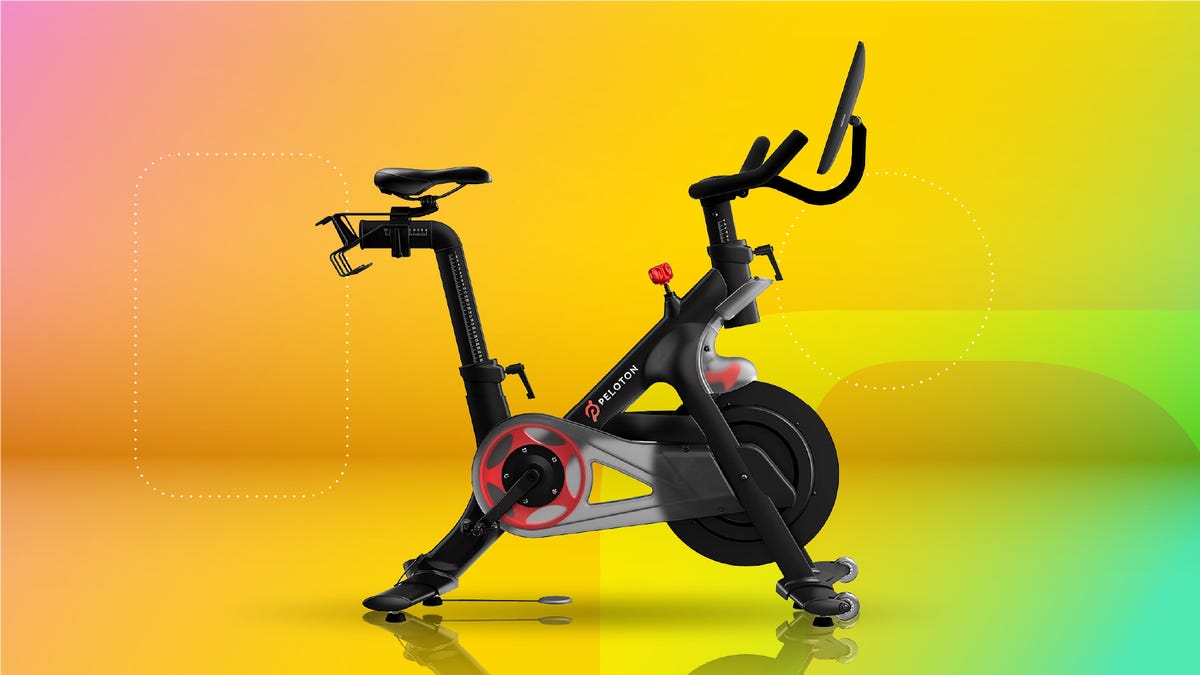Health
Compare Peloton Bike and Bike Plus: Which Model Suits You?

Peloton continues to dominate the high-end spin bike market, offering two main models: the original Peloton Bike and the upgraded Peloton Bike Plus. While Peloton’s overall popularity may have peaked, demand for these exercise bikes remains robust. If you are considering adding a Peloton to your home gym, understanding the differences between these models is essential for making an informed choice.
Understanding the Features and Pricing
The Peloton Bike is the classic model, while the Peloton Bike Plus incorporates several enhancements aimed at serious fitness enthusiasts. The Bike Plus typically retails for between USD 600 and USD 1,000 more than the original model, depending on whether you opt for a new or refurbished unit. As a significant investment, weighing the features against the price is crucial, especially given that a recent CNET survey revealed that US adults spend an average of USD 91 monthly on subscription services.
Both models require the Peloton All-Access Membership to access full features, including live and on-demand classes. This membership is an additional cost to consider as you budget for your Peloton experience. The original Peloton Bike offers substantial value, providing access to live classes and performance metrics without the premium price tag of the Bike Plus.
Distinct Features of Each Model
While both bikes deliver high quality in performance and construction, they differ in several key aspects. One of the most notable features of the Peloton Bike Plus is its digital resistance knob, which allows instructors to automatically adjust your resistance during classes—a feature not available in the original model. This capability can enhance the workout experience, making it more tailored to individual performance levels.
In terms of technology, the Bike Plus is equipped with 4GB of RAM, compared to the original’s 2GB. Both models provide 16GB of internal storage, but the Bike Plus includes a USB-C charging port, allowing for convenient charging of devices during use, while the original bike has a standard USB port.
Sound quality also varies between the two models. The Peloton Bike features a two-channel rear-facing stereo speaker system with 16 watts of power, while the Bike Plus boasts a more powerful 26 watts, along with enhanced speaker specifications that include front-facing stereo speakers and rear-facing woofers.
The touchscreen sizes differ as well, with the Bike Plus featuring a 23.8-inch rotating screen, ideal for engaging in off-bike workouts. The original Peloton Bike has a 21.5-inch screen that does not rotate. This added flexibility can be particularly beneficial for users who wish to follow strength training or yoga classes away from the bike.
Both models occupy a compact space with a footprint of 4 by 2 feet, smaller than an average yoga mat, but Peloton recommends at least 8-foot ceilings and two feet of space around the bikes for optimal use.
In summary, your decision between the Peloton Bike and the Bike Plus should depend on your budget and workout preferences. The original model remains a solid option for those seeking a quality cycling experience without the additional features of the newer model. Meanwhile, the Bike Plus caters to dedicated users desiring the latest technology and flexibility in their workouts.
-

 Technology5 months ago
Technology5 months agoDiscover the Top 10 Calorie Counting Apps of 2025
-

 Health2 months ago
Health2 months agoBella Hadid Shares Health Update After Treatment for Lyme Disease
-

 Health3 months ago
Health3 months agoErin Bates Shares Recovery Update Following Sepsis Complications
-

 Technology4 months ago
Technology4 months agoDiscover How to Reverse Image Search Using ChatGPT Effortlessly
-

 Technology1 month ago
Technology1 month agoDiscover 2025’s Top GPUs for Exceptional 4K Gaming Performance
-

 Technology2 months ago
Technology2 months agoElectric Moto Influencer Surronster Arrested in Tijuana
-

 Technology5 months ago
Technology5 months agoMeta Initiates $60B AI Data Center Expansion, Starting in Ohio
-

 Technology5 months ago
Technology5 months agoRecovering a Suspended TikTok Account: A Step-by-Step Guide
-

 Health4 months ago
Health4 months agoTested: Rab Firewall Mountain Jacket Survives Harsh Conditions
-

 Lifestyle5 months ago
Lifestyle5 months agoBelton Family Reunites After Daughter Survives Hill Country Floods
-

 Technology4 months ago
Technology4 months agoHarmonic Launches AI Chatbot App to Transform Mathematical Reasoning
-

 Technology3 months ago
Technology3 months agoUncovering the Top Five Most Challenging Motorcycles to Ride





















